The art and practice of arranging type to make written language readable and visually appealing is known as typography. Its fascinating evolution from complex calligraphic strokes to precise digital fonts reflects the convergence of art, technology, and culture. Typography's power lies in its ability to enhance communication, evoke emotions, and shape perceptions. Its evolution continues to be influenced by technology, design trends, and the ever-evolving needs of effective communication. Whether in print, digital media, branding, or everyday design, typography remains an indispensable aspect of visual communication.
Calligraphy : The Birth of Typography
The ancient art of calligraphy, which is beautiful writing, is where the story starts. With quills, brushes, and pens, expert calligraphers painstakingly created distinctive and expressive scripts. Every brushstroke embodied character and feeling, turning every piece into an artistic creation. Calligraphy served as a visual treat in addition to a communication tool.
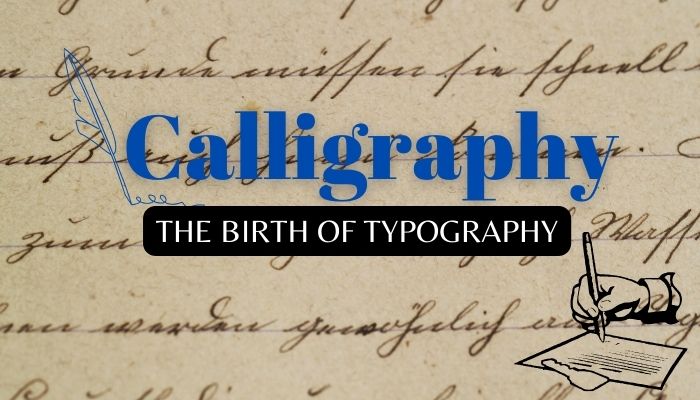
Modular Typography: Transforming Printing
Printing was completely transformed in the fifteenth century when Johannes Gutenberg invented movable type. Text could be composed by arranging and rearranging individual metal characters. By enabling the mass production of books and advancing literacy worldwide, this invention democratized knowledge.
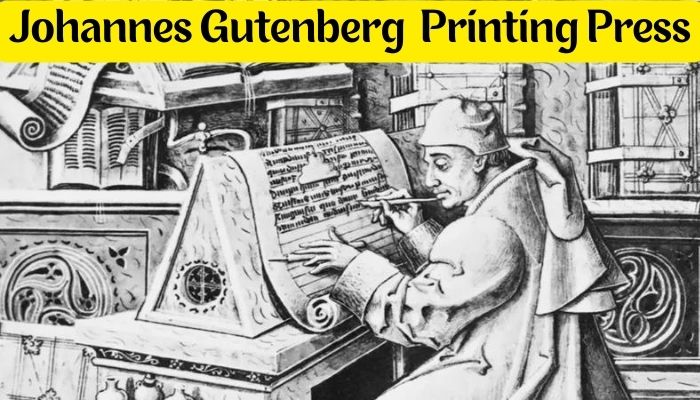
Sans Serif vs. Serif : The Problem with Typefaces
It was typography's evolution that led to the separation of serif and sans-serif fonts. Serif fonts were originally used for print because they improved readability. They are characterized by embellished strokes at the ends of characters. Sans-serif fonts, which lack these ornamental strokes, became more and more popular in digital formats because of how well they read on screens.
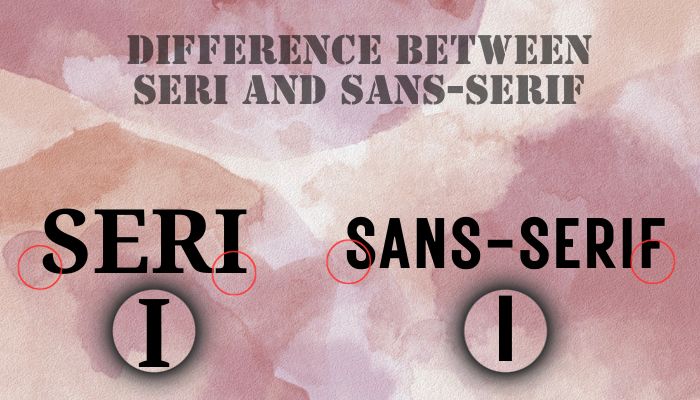
Fonts in the Digital Era: An Overview
Typography advanced into the virtual realm with the advent of the digital revolution. Scalable and versatile digital fonts have become indispensable for digital media, apps, and websites. Precise font designers produced a wide range of styles, from traditional to contemporary, to meet a variety of design requirements.
Typography That Responds to Devices
The advent of responsive design necessitated that typography be able to flow fluidly between various screen sizes and devices. Fonts became more adaptable, changing their proportions and styles on tablets, smartphones, and desktop computers to guarantee readability and visual coherence.
The Future of Typography:
As we move forward, the evolution of typography continues. Variable fonts, capable of dynamically adjusting weight, width, and other attributes, are shaping the future of design. AI-driven font creation and augmented reality may further revolutionize how we perceive and interact with typography.
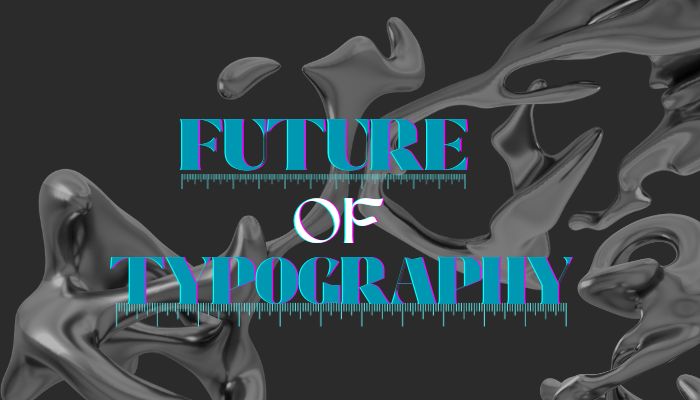
Conclusion: The Endless Revolution
From the complex calligraphic strokes to the digital sphere, typography has traveled across borders and changed along with technology. Its transformation is a reflection of our pursuit of beautiful images and efficient communication. Typefaces, whether they are variable fonts or handwritten manuscripts, continue to be examples of human ingenuity and creativity.
The art of typography never fails to enthrall, inspire, and influence our understanding of the written word, whether it is through the timeless beauty of calligraphy or the adaptability of digital fonts.
Every stage of typography's centuries-long evolution tells a story as it combines innovation and tradition. It's an amazing story of how written language evolved into an art form and changed communication forever.
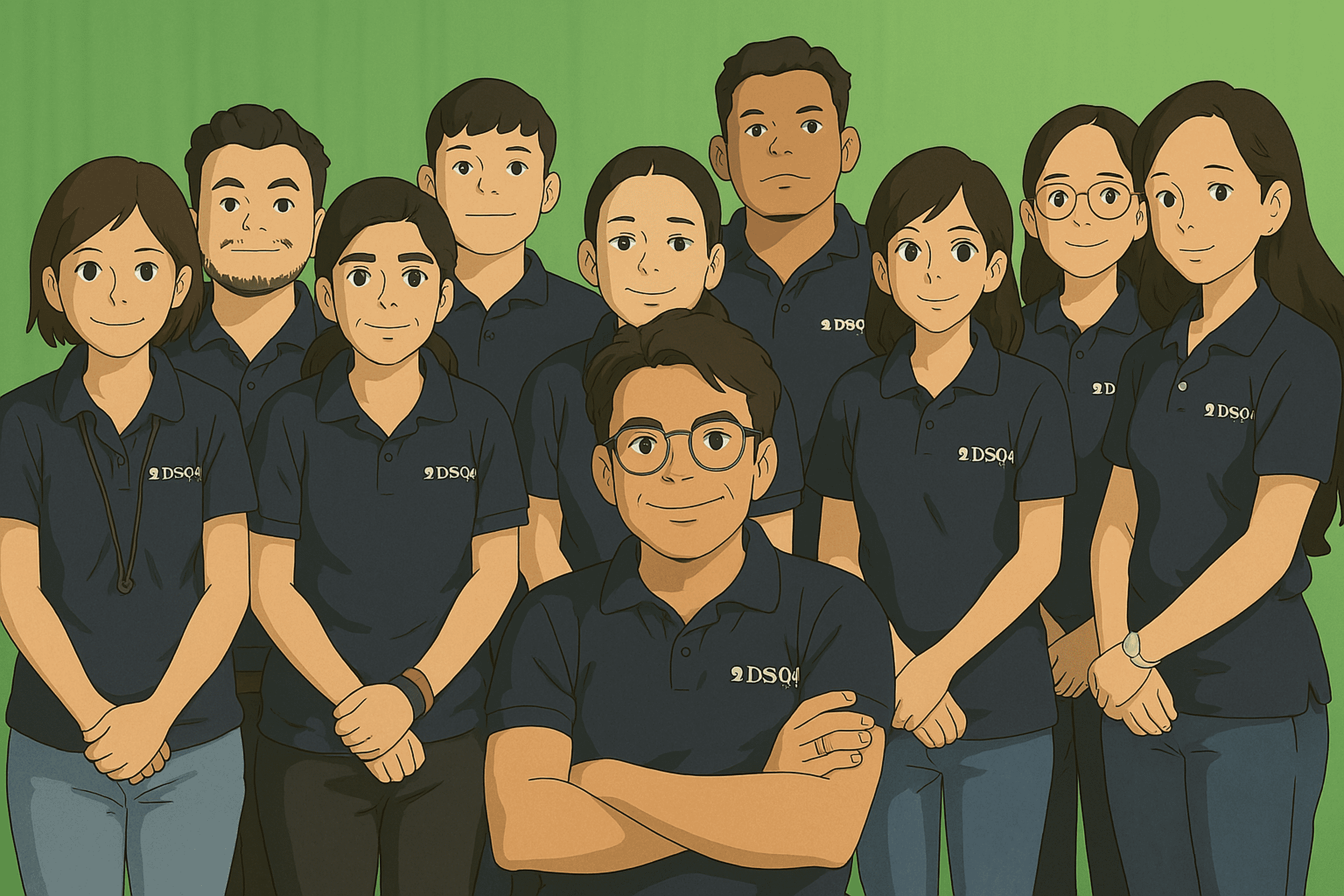 How to Turn Your Photos into Ghibli-Style Art with ChatGPT for Free
How to Turn Your Photos into Ghibli-Style Art with ChatGPT for Free Top 10 AI Tools for Plagiarism-Free Content Writing: Boost Your SEO & Digital Marketing Efforts
Top 10 AI Tools for Plagiarism-Free Content Writing: Boost Your SEO & Digital Marketing Efforts The Rise of Graphic Designing in 2025: A Career Guide.
The Rise of Graphic Designing in 2025: A Career Guide. The Rise of Video Editing: A Crucial Skill in 2025
The Rise of Video Editing: A Crucial Skill in 2025 Top 10 Digital Marketing trends in 2025
Top 10 Digital Marketing trends in 2025 Common Mistakes in Digital Marketing and How to Avoid Them 2025
Common Mistakes in Digital Marketing and How to Avoid Them 2025 The Future of Digital Advertising: What You Need to Know
The Future of Digital Advertising: What You Need to Know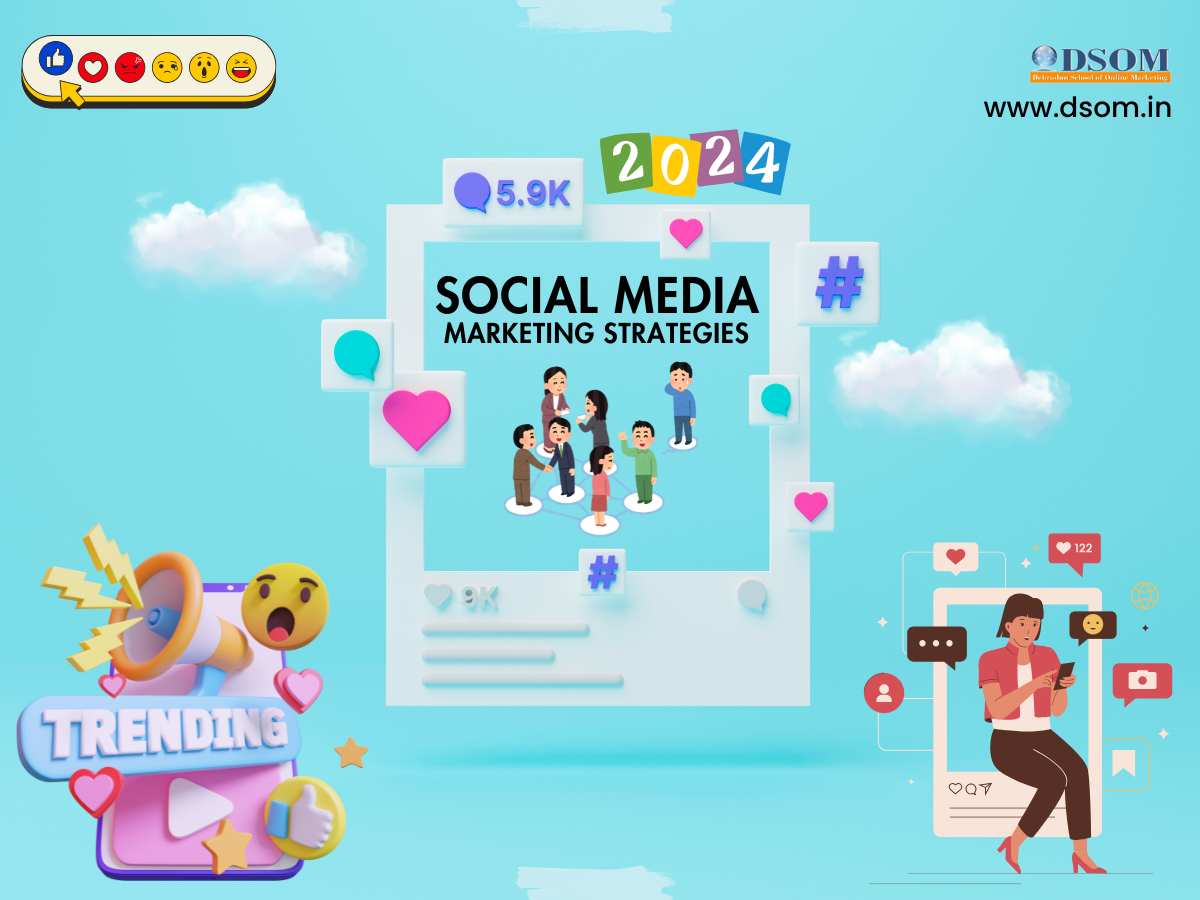 Social Media Marketing in 2024: Strategies for Maximum Engagement
Social Media Marketing in 2024: Strategies for Maximum Engagement Building a Successful Digital Marketing Funnel: A Step-by-Step Guide
Building a Successful Digital Marketing Funnel: A Step-by-Step Guide 5 ways to make money from home using AI (Artificial-Intelligence) in 2024
5 ways to make money from home using AI (Artificial-Intelligence) in 2024